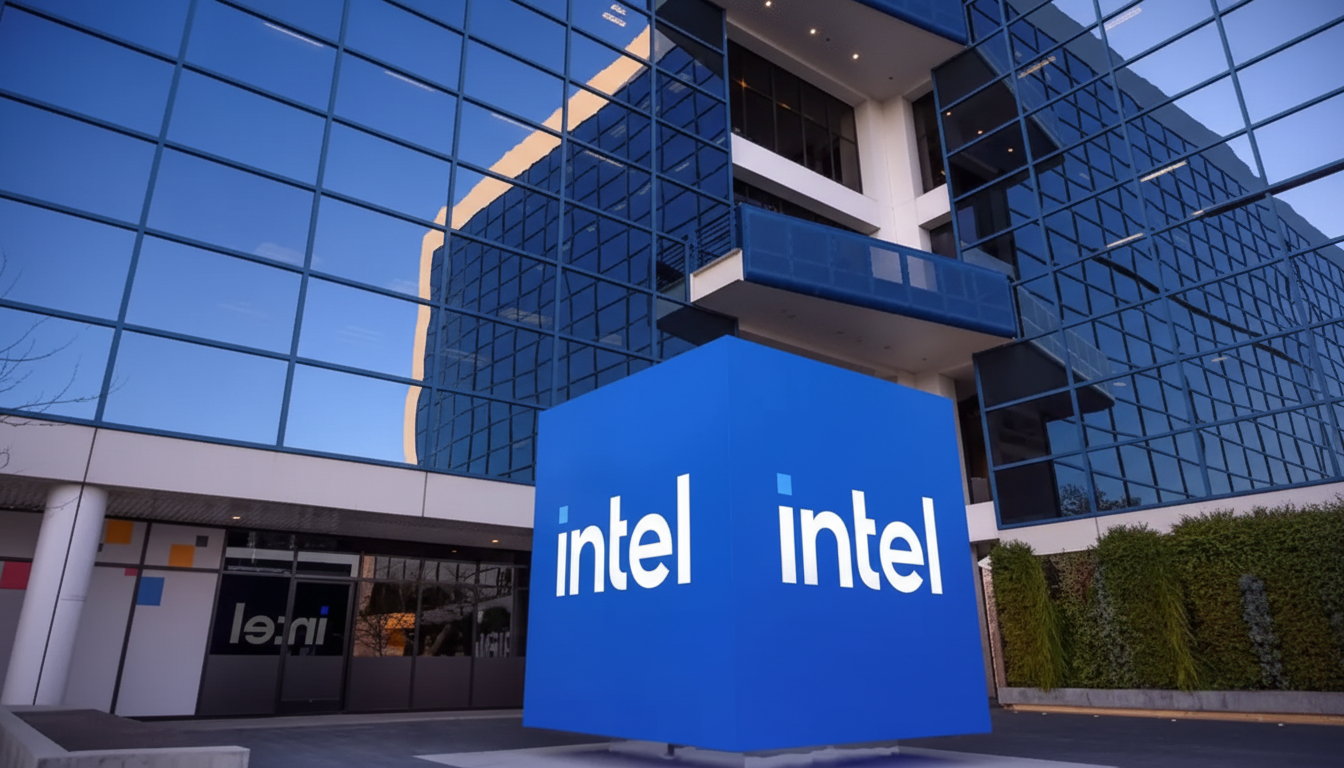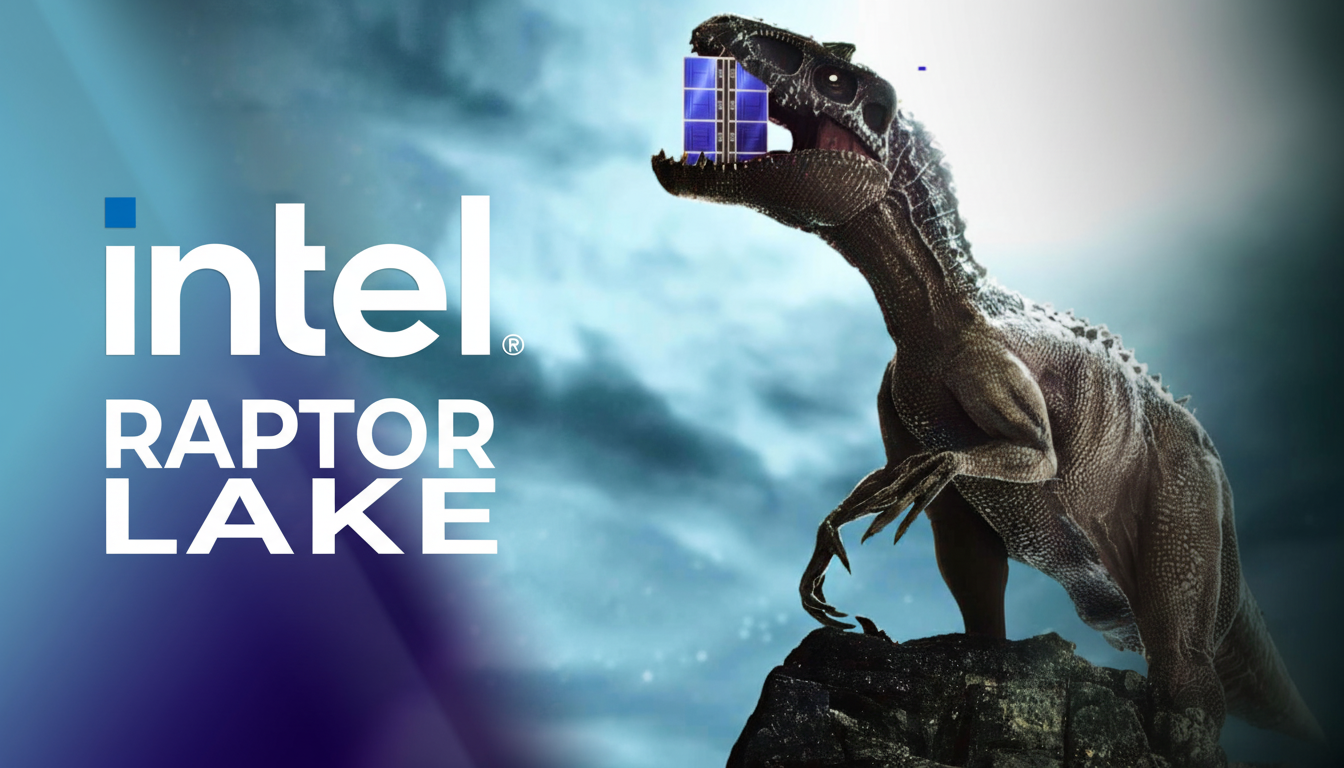Intel says it’s running low on some of its most popular processors, a surprise twist for a company that is still working to catch up with demand under new management. Executives told investors that demand for both PC and server CPUs was outstripping what could be supplied, with scarcity likely to last into next year.
Why Legacy Nodes Are the Bottleneck for Intel CPUs
The squeeze is focused on products based on Intel 10 and Intel 7, the company’s mature process technologies that are the foundation for mainstream desktop chips such as Raptor Lake and a wide range of data center parts. Customers are ordering more than the company can ship on these nodes, said Intel’s finance chief, David Zinsner, and capacity is not being increased on older lines.

That is a strategic pivot: Intel is committing capital to next‑generation nodes rather than filling in with legacy capacity. In effect, it leaves the company pinning its hopes on existing inventory and marginal efficiency increases just as demand surges for precisely the SKUs that OEMs have qualified and can quickly deploy. Though Raptor Lake has made waves because of an odd voltage behavior hiccup, Intel and motherboard partners pushed out firmware fixes, assuring the platform remains in play for corporate refreshes.
AI Buildouts & PC Refresh Are On A Collision Course
Two forces are colliding. For one, the AI buildout: hyperscalers and enterprises that are building new data center capacity require way more than just GPUs. CPUs also drive orchestration, inference at the edge of GPU clusters, networking stacks, storage services, and virtualization layers. And as hardware availability for GPUs gets better, so too does demand for CPUs. Industry analysts from TrendForce have also noticed pressure on advanced substrates and packaging materials that are used in AI and general chips, which has led to longer lead times.
Second, the commercial PC refresh is finally occurring at scale. The Windows 11 demands, which include TPM 2.0 and the feature sets of modern CPUs, are forcing organizations to decommission old fleets. IDC and Gartner both attribute the laggard purchase cycle to a multiquarter replacement cycle rolling through enterprise, as well as to IT buyers commonly selecting stable and well‑validated platforms over bleeding-edge silicon for massive rollouts. That nudges orders to Intel 7 and Intel 10 machines already qualified in corporate images.
What It Means for Buyers and Channel Partners
Channel partners would see longer lead times on certain desktop and server parts, and more frequent product substitutions in bids. Large OEMs usually have priority when it comes to allocation, leaving independent system builders and smaller resellers way in the back of the line. Pricing will be disrupted as distributors handle tightening lots, particularly of high‑volume Core and Xeon configurations associated with enterprise standards.
And customers who are feeling the delays’ pinch do have some practical levers:

- Lock in configurations early.
- Be flexible with memory and storage options.
- Be willing to buy equivalent CPU SKUs within a given platform family to get systems sooner, even as others wait in line.
Some institutions will also handicap rival platforms as a hedge, although switching costs — from re‑validation to image updates — can cancel any near-term availability benefit.
Intel’s Mitigation Plan to Ease CPU Shortages
In the short run, that means an industrywide reallocation of wafers, fine‑tuning the product mix, and leaning on outsourced assembly and test partners to eke out more output from packaging lines. Multi‑sourcing substrates and qualifying incremental suppliers feel like a bottleneck reliever, but it takes time before this can ripple through to enterprise SKUs with a high reliability requirement.
In the longer term, the company is betting on a fast cadence of process transfers. Management also reiterated that the first PC chips on Intel 18A—led by Panther Lake—are “running as designed” and lined up for release, with a next‑generation desktop architecture dubbed Nova Lake to follow. Intel is also mixing in external foundries for certain tiles in newer designs, a practical method to manage capacity as its internal nodes continue to scale. If that plan holds, the portfolio shift ought to take pressure off the legacy lines and restore headroom for surges like the one now occurring.
The Competitive Context in CPUs and Data Centers
The timing is delicate. AMD’s data center and commercial desktop CPUs are still gaining traction, and both companies rely on the same substrate and packaging ecosystems that are currently under stress from AI demand. While Mercury Research says Intel still ships the lion’s share of x86 CPUs globally, even a small inventory shortage can result in lost deals as a refresh wave hits.
For now, the headline is this: despite its recent missteps, Intel’s chips are so hot that supplies have tightened across mainstream PC and server lines. If AI infrastructure spend continues and the Windows 11 refresh stays robust, the execution by the company to transition nodes — and even tactically feed hot product lanes — will dictate how long buyers have to wait.

